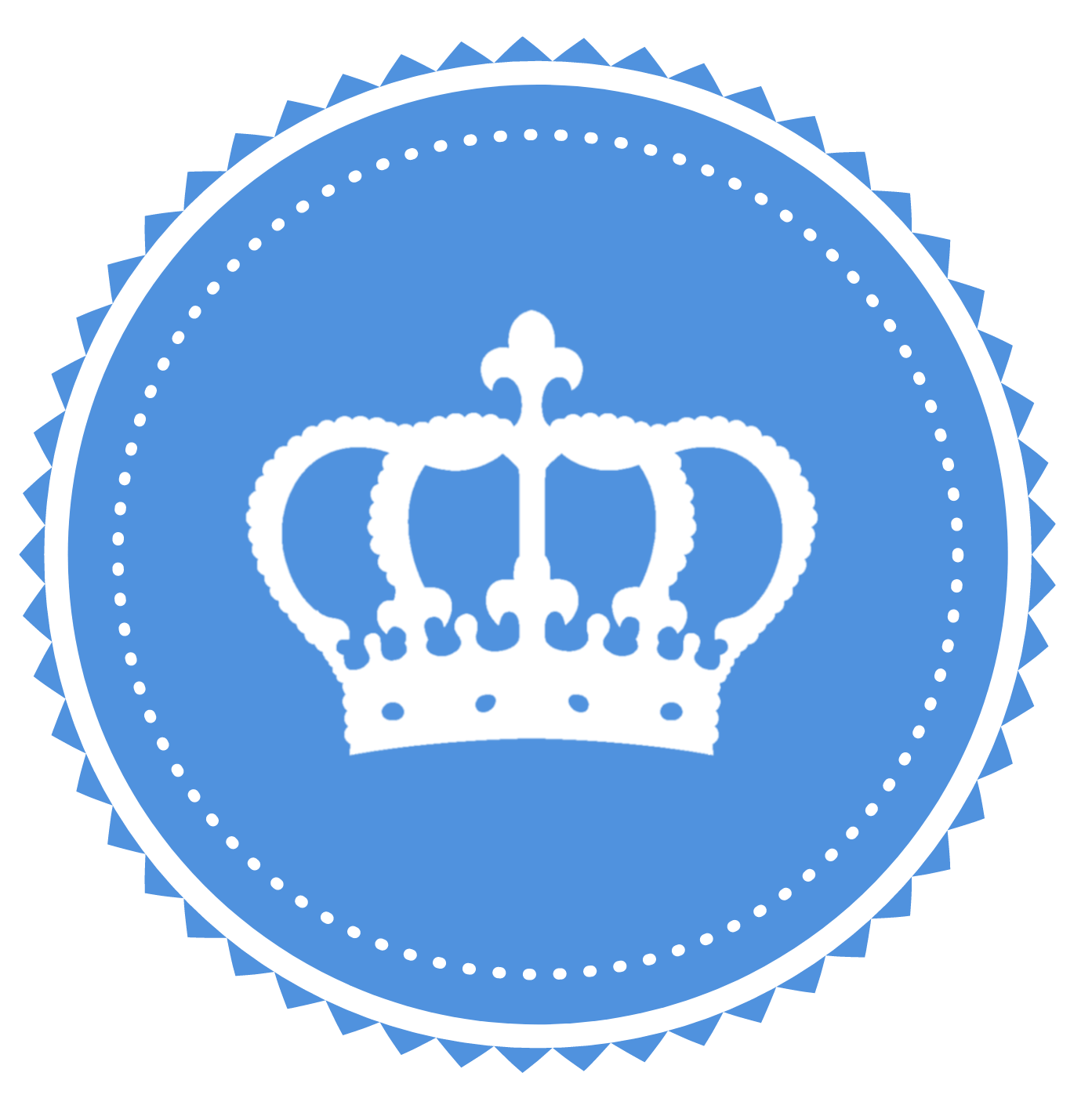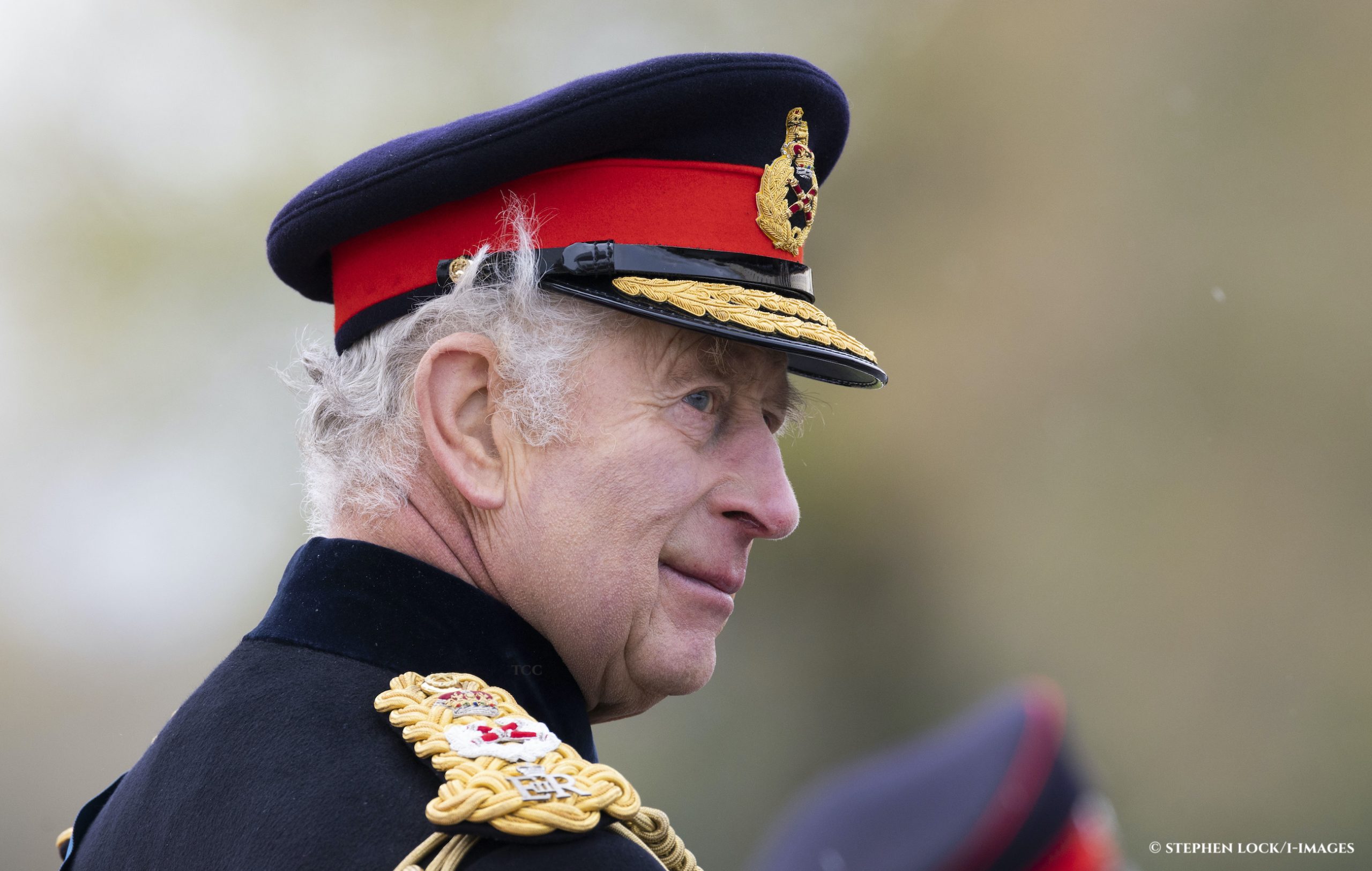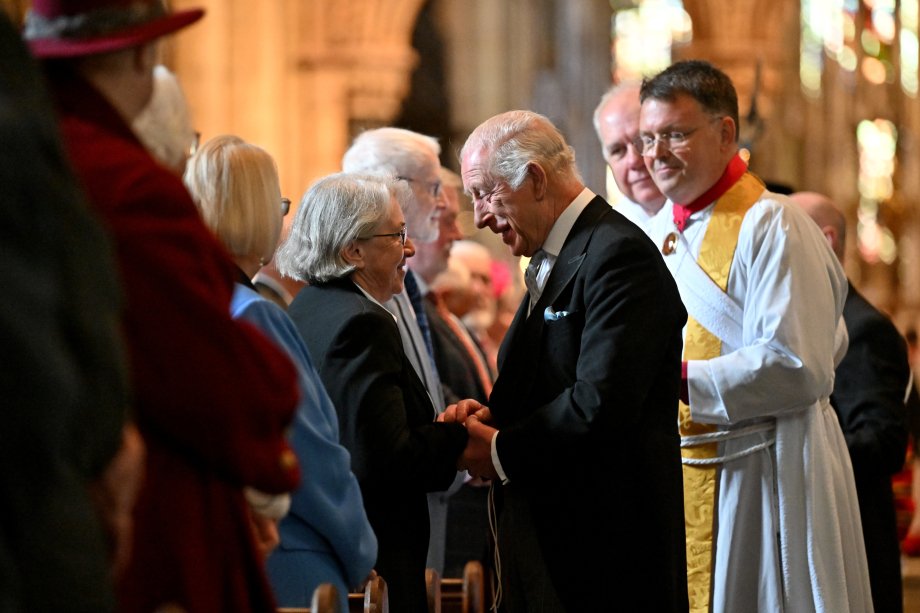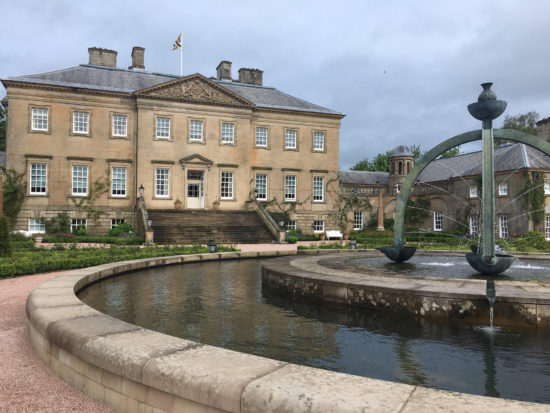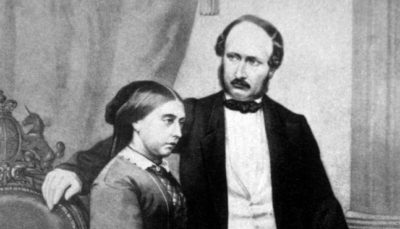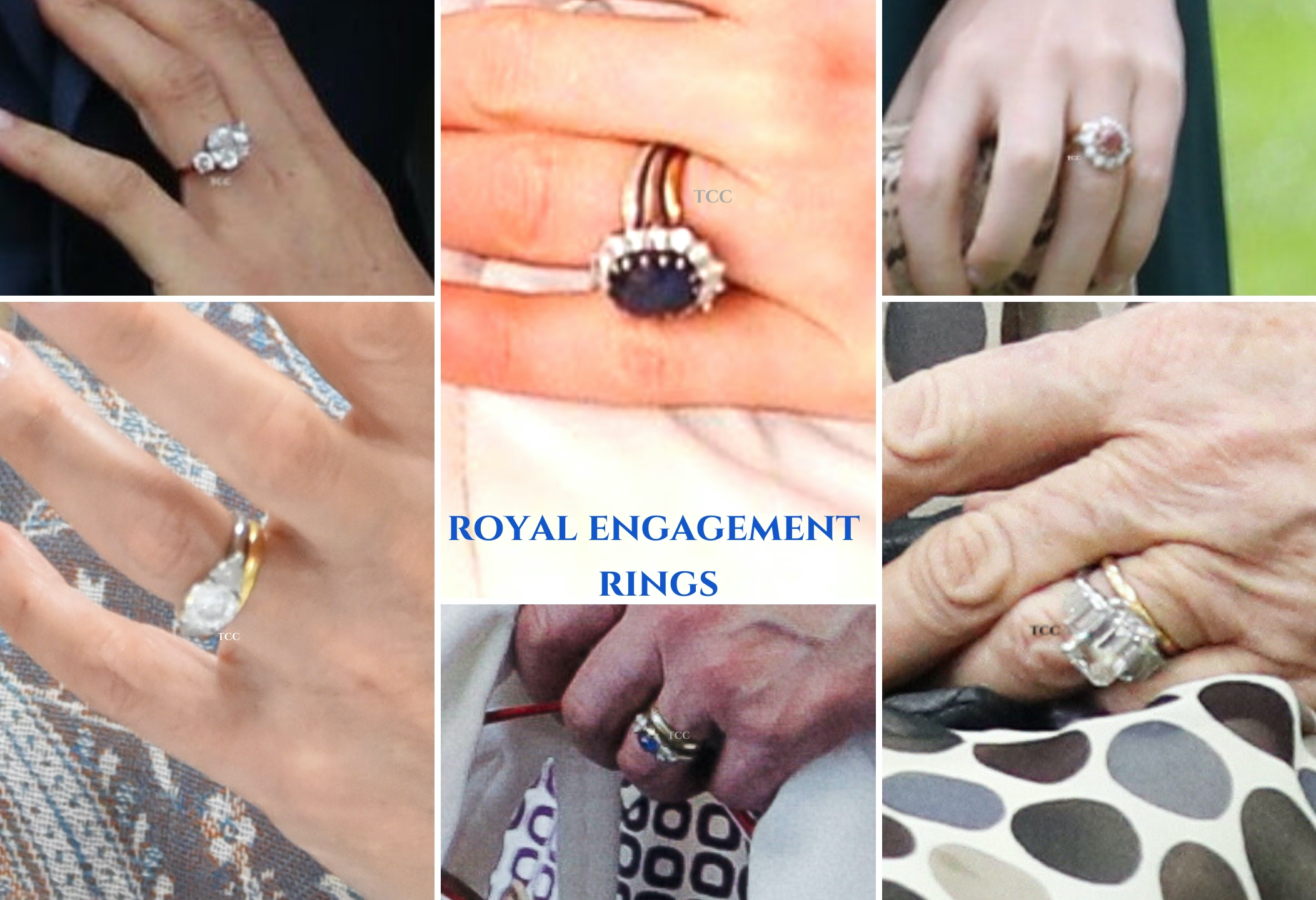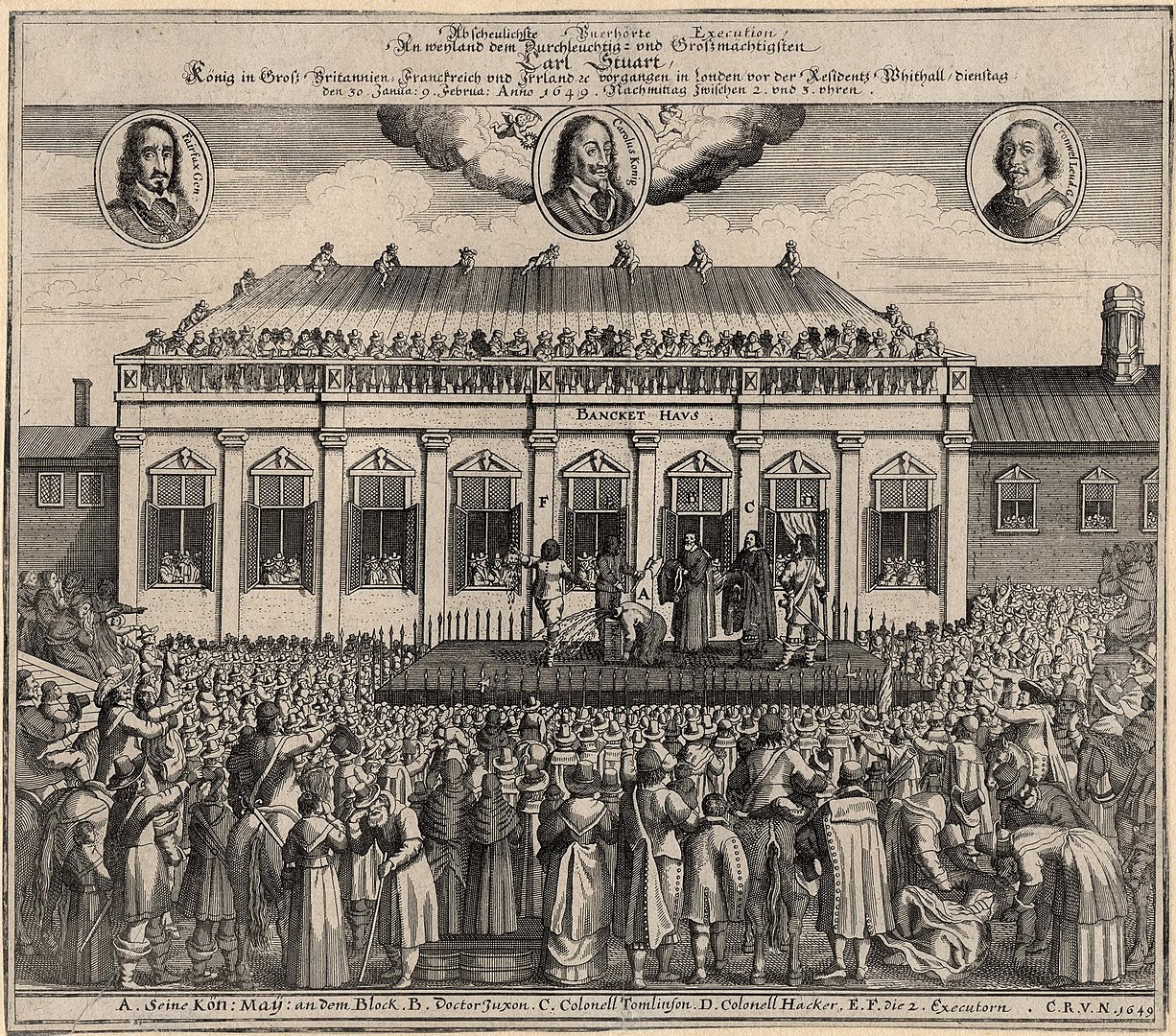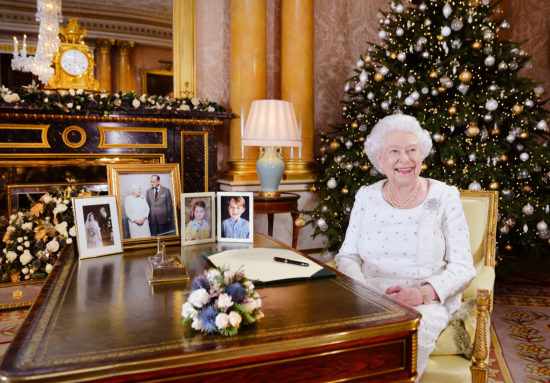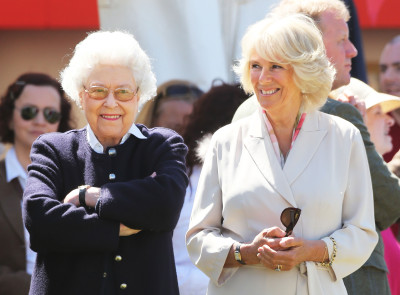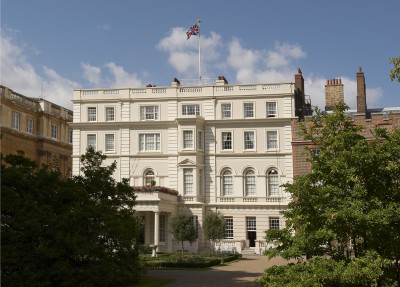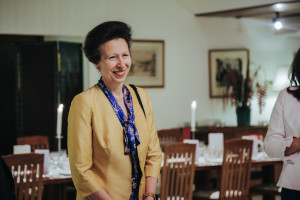King Charles and Queen Camilla faced many obstacles in their journey to be with one another, which many thought would never happen. We take a look at their romantic journey…
The early years:
Much is speculated about how young Prince Charles and Camilla Shand first met, with most people believing it was at a polo match. However, although both are fan of horses, they actually were introduced in 1971 by a mutual friend and allegedly Charles’ first girlfriend, Lucia Santa Cruz, the daughter of Chilean ambassador to the UK.
Lucia got to know Charles three years before, when he was an undergraduate at Trinity College, Cambridge and a keen thespian. When her parents returned to Chile, she moved to the first floor of Stack House, a block of flats in Ebury Street, where Camilla was sharing a flat with her friend, the Hon. Virginia Carington.
They became close friends and eventually became a couple, regularly attending polo matches at Smith’s Lawn in Windsor Great Park, where Charles often played polo.
Camilla’s parents, Bruce and Rosalind, mixed with the military crowd, her father reaching the rank of Major. There was another royal link: her great-grandmother, Alice Keppel, was Edward VII’s mistress. The King is Charles’ great-great-grandfather. Therefore, they ran in some of the same circles the Royal Family did, at polo matches, weddings or nights out in London as part of the Annabel’s set, in Berkeley Square; the now-Duchess and Prince were bound to have rubbed shoulders regularly.
It also seems inevitable that they would end up friends: Ms Shand was a passionate horse-rider, which Charles also enjoyed, especially at polo. She also spent time painting, and The King still is a great water-colourist. Other shared interests took them outdoors, such as gardening and fishing.
Camilla was a regular weekend guest at Broadlands, the Earl of Mountbatten’s home in Hampshire, with the young Prince, and it’s believed that, as the relationship grew more serious, Charles even met Camilla’s family at their home in Plumpton, East Sussex.
Their relationship came to an end in 1973, as the Prince of Wales’s career in the Royal Navy – begun in 1971 – took him overseas. Charles had already taken to flying, but he was to follow his father and grandfather and head for the open seas, considered much safer for the heir to the throne.
Although there are theories about why the romance ended, nobody really knows what happened. Some biographers believe that Charles and Camilla met too early, and he didn’t ask her to wait for him when he went into the Navy. Others believe that Mountbatten sent him away to end his relationship with Camilla, possibly so an engagement between Charles and his granddaughter Amanda Knatchbull could be arranged.
Penny Junor, who wrote a biography of The Duchess of Cornwall in 2017 – states that Mountbatten made it clear to Charles his wife must be aristocratic – and a virgin.
Some even suggest Queen Elizabeth, The Queen Mother, did not approve of the marriage because Camilla wasn’t quite aristocratic enough. One other theory is that Camilla herself was more interested in Andrew Parker-Bowles, eight years her senior, who was already a captain in the Household Cavalry, and had even ridden in the Grand National in 1969; that he was more appealing than Prince Charles, who was a year younger than Camilla, and on the shy side.
Whatever happened, Charles and Camilla’s relationship broke off and Camilla married Andrew Parker Bowles on 4 July 1973, in a Roman Catholic ceremony at the Guards Chapel, Wellington Barracks. It was the society wedding of the year, attended by The Queen Mother, Princess Margaret and Princess Anne (whom Andrew had previously dated!).
Embed from Getty Images
Embed from Getty Images
When Lord Mountbatten was assassinated by the IRA in 1979, Charles was devastated by his death. Louis had mentored his great-nephew and been the guiding figure his father never was to him. Charles allegedly relied heavily on Camilla for comfort, and they resumed their relationship. Andrew was renowned for his affairs, which Camilla simply ignored, and Junor explains that he was somewhat enjoying his wife being mistress to the Prince of Wales, a future King.
There was something about Camilla that Charles was always drawn to. Was it her confidence? She was the eldest of three, and from a very loving home. Charles, on the other hand, had a difficult ‘distant’ relationship with his own parents, partly because of who his family were. However, the Renaissance Prince, who found joy in art and music, architecture and religion, was something of a disappointment to the Duke of Edinburgh, who thrived during his time at Gordonstoun; the shy Prince Charles hated it, and was bullied.
Their romance came to an end once again in late 1980, when the Prince of Wales began dating the 19-year-old Lady Diana Spencer. The daughter of an Earl was generally well-liked by Charles’ circle of friends, and even with the age gap, could hold her own.
Camilla was introduced to Diana as a friend (not an ex-girlfriend), and she and Andrew both agreed that Diana was a wonderful companion for the Prince. The Queen Mother was also an enthusiastic supporter of the relationship: Diana was also quite aristocratic enough, her father having been equerry to George VI, and leasing on the Sandringham estate, while her brother-in-law was actually The Queen’s private secretary.
Mrs Parker Bowles initially acted as a friend to Diana, exchanging letters and arranging meetings, and they spent many a weekend as a foursome, or larger.
The Parker Bowleses attended the royal wedding at St Paul’s Cathedral in 1981. Whilst Camilla sat in the congregation, Andrew was part of the day as an officer in the Household Cavalry.
It’s believed in 1986, Charles and Camilla had resumed their relationship again, as both their marriages were irretrievably broken down. The Prince had become isolated in his marriage, struggling to understand his wife; during their courtship, they had rarely spent time together alone, and as time went on it was quite clear they had very little in common.
The birth of Prince Harry in 1984 briefly soothed the couple’s problems, but not for long. Meanwhile, Andrew Parker-Bowles, continued his affairs.
It was in 1992 that Camilla’s name entered the headlines, following Diana’s book and the Waleses’ separation.
The press hounded her and her family, who had never previously been in the spotlight. Mrs Parker Bowles had simply been a country housewife, looking after her home and children when they came back from boarding school. Now, Camilla’s name was smeared in all the papers as the one who made Diana’s life a misery.
Tom Parker Bowles explains living with the scrutiny as a young man: “When it first started [revelations of Charles and Camilla’s affair] we thought it was entirely normal growing up to have five or six paparazzi hanging round.
“We used to have a house in Wiltshire; there’d be fields but there was a public footpath that the paparazzi knew they could go on.
“We’d get a pair of binoculars and say, ‘look mummy, there’s five today’. It was entirely normal to be chased at high speed by these people on motorbikes or cars.”
“They’re bullies half these people,” Tom said of the paparazzi and tabloids. “When you’re coming out of an airport and they’re really winding you up, all I wanted to do is smack them in the face and beat the hell out of them. But you couldn’t do that.”
The ‘Camillagate’ tapes were another blow to the couple, released in 1993, but of a conversation from 1989; it became part of the bitter war between the Prince and Princess.
Prince Charles also gave an interview with Jonathan Dimbleby in 1994, which was initially supposed to focus on Charles’ 25 years as Prince of Wales, but became more about his acrimonious separation.
He told Dimbleby: “Mrs. Parker Bowles is a great friend of mine…a friend for a very long time. She will continue to be a friend for a very long time,” and confessed that they had conducted a relationship after his marriage had “irretrievably broken down” in 1986.
Painted as a scarlet women, Camilla spent much of this difficult period with her sister, Annabel, in Dorset, before taking a house – Ray Mill – in Lacock, Wiltshire, which she still owns as a family bolthole today.
New Blog Post! Learn more about Ray Mill House: Camilla's Private Country Home.https://t.co/jjwbWrvg24 pic.twitter.com/RCjbfT4iuB
— HRH The Duchess of Cornwall (fan page) (@hrhcamillablog) October 7, 2019
With attention drawn to the infidelity, the Parker Bowleses jointly filed for a divorce in 1994, having been living apart for some time. In 1995, the marriage was officially dissolved, and Andrew Parker Bowles married his mistress, Rosemary Pitman. This was also the year of the Princess’ infamous Panorama interview. Diana called Camilla ‘the enemy’ and said that her marriage was ‘a bit crowded’.
At The Queen’s insistence, the Prince and Princess of Wales divorced, with the papers being finalised in 1996.
Interestingly, and probably as a salve to the people, the Church and to his ex-wife, Prince Charles’ office issued a statement that he had no intentions of remarrying. This, however, was thought to have hurt Camilla, who had remained on Charles’ side throughout.
Rehabilitation:
In July 1997, the Prince of Wales hosted a 50th birthday party for Camilla at Highgrove. The now-Duchess would often enter the estate by a little-know back entrance to avoid the press, but she was driven through the front gate slowly on this occasion, smiling at the cameras.
However, Diana’s death in August put paid to any public aspect of their relationship, as Prince Charles focused on his sons and attempting to rehabilitate his own image after the tragic Paris car crash.
He was largely blamed for her death, in that, had their marriage worked, Diana would not have been in Paris that night being chased by paparazzi.
Camilla officially met Prince William in 1998, when he returned to London from Eton, Windsor, at short notice. It went well – although the meeting had leaked to the papers – and Prince William and Prince Harry invited her to their surprise 50th birthday party for Prince Charles in July 1998.
Camilla, sensitive to William and Harry’s loss, made sure to never stay at Highgrove when the boys were there – that had been Diana’s home.

The Queen and the Duchess of Cornwall enjoying each others company at the Royal Windsor Horse Show. The Queen met Camilla at a party hosted by Prince Charles in 2000. They are known to get on famously
Picture by Stephen Lock / i-Images
But by early 1999, enough time had passed. Prince Charles and Camilla’s relationship was known by the whole world, as the couple staged an appearance together, leaving Annabel Elliot’s (Camilla’s sister’s) birthday party at the Ritz together. This was crafted by spin doctor, Mark Bolland, a man credited with rehabilitating the couple’s image after the death of Diana, Princess of Wales and hatred it raked up in the public.
The future-Duchess of Cornwall started to attend public events and engagements with the Prince, even meting The Queen in 2000; Charles was hosting the 60th birthday party of the former King of Greece, Constantine II, at Highgrove. Her Majesty attended, knowing her presence and interaction with Camilla meant her approval to the public.
Prince William undertook what was considered his first real royal engagement in 2001: a party to mark 10 years of the Press Complaints Commission at Somerset House, which gave him the opportunity to thank the press for allowing him a relatively normal university life, as he approached the last stint of his degree in Geography.
Prince Charles and Camilla Parker-Bowles attended the event, adding another layer of significance: it showed the young Royal’s acceptance of Camilla, a woman whom his mother had called ‘the Rottweiler’.
In 2003, Camilla moved in to Clarence House with Charles. The office made it clear that the rooms used by Camilla were updated with the Prince’s own money, and not the taxpayers’, who had contributed some £4 million from the Privy Purse renovating The Queen Mother’s old residence.
While The Queen had accepted Camilla – although the idea of remarriage was probably not on her mind – some of the Prince’s friends were not as happy: the van Cutsems had been good friends to the Prince of Wales, acting as something of a surrogate family to William and Harry during difficult times.
At the wedding of Edward and Lady Tamara Grosvenor in Chester in 2004, both Charles and Camilla were invited, but seated separately as a snub to the future Duchess, despite it not being an official event. This, we are told by Junor, infuriated Charles, who did not attend, instead heading to Wiltshire for an engagement with the Black Watch.
Some 30 years after the couple had broken off their first fling, they were finally together. Now all they had to do was convince the public… Polls about this time showed that 32% of people in the UK were in favour of Charles and Camilla tying the not, with 28% against. A further 38% didn’t care.
Over the New Year break of 2004/5 at Birkhall, Prince Charles asked Camilla Parker Bowles to marry him. The news was shared with the public on 10th February 2005, when Clarence House announced the engagement.
The news had in fact, been leaked in the press, but as the couple were due to attend a ball at Windsor that night, it provided the perfect media call to mark the event. Later that day, the happy couple greeted the media at Windsor Castle, where Camilla showed the world her massive diamond engagement ring that had belonged to the Prince’s grandmother, Queen Elizabeth, the Queen Mother.
It is comprised of a large central baguette diamond, flanked by six smaller stones, shrinking as they move away from the band.
The question of a divorced heir to the throne remarrying was quashed with the consent of the Queen, the government, and the Church of England.
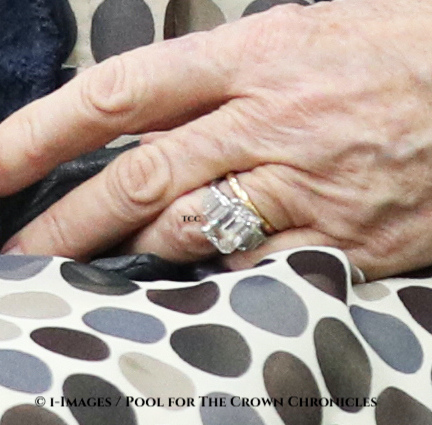
The Duchess of Cornwall’s wedding ring belonged to The Queen Mother
On 9th April 2005, the Prince finally got his happy-ever-after and married the love of his life in a ceremony I consider to be a true fairytale wedding.
The ceremony had to be postponed for a day, due to the death of Pope John Paul II and his funeral on 8th April. The Prince of Wales attended the ceremony on behalf of The Queen.
Camilla nearly didn’t make it to her own wedding; she had been suffering with sinusitis all week. Having supped chicken broth from friend Lucia, she recovered, but nerves kept the bride-to-be under the duvet on her big day. It was finally her sister’s threat that she would ‘do it for you’ and put on her outfit, that Camilla steadied herself for the ceremony in Windsor.
Embed from Getty Images
Embed from Getty Images
28 people were present at the civil ceremony at the Guildhall, while Prince William and Tom Parker Bowles acted as witnesses.
“He makes my mother happy and my mother makes him happy, so that’s the main thing,” Tom has said of the couple.
With a signature, Camilla became Princess of Wales, but chose to be called The Duchess of Cornwall out of respect for Diana. Aged 57, she decided to take on duty for the remainder of her life, alongside the man she loved.
The Queen and Prince Philip were ‘very happy’ and sent their ‘warmest wishes’ to the couple. In a speech at the reception, The Queen used a horse racing analogy: she was delighted to welcome the Prince and Duchess to the ‘winners’ enclosure’ and that they had “overcome Becher’s Brook and The Chair and all kinds of other terrible obstacles… My son is home with the woman he loves.”
Prince William and Prince Harry said they were ‘100% behind the couple’ and wished them ‘all the luck in the world’. The Princes decorated their father’s Bentley for the couple to leave Windsor Castle.
Like them or not, no one can deny that The King and Queen are very hard working Royals, dedicated to the causes they supports and are doing a fantastic job representing the monarchy. The institution’s future is in safe hands.
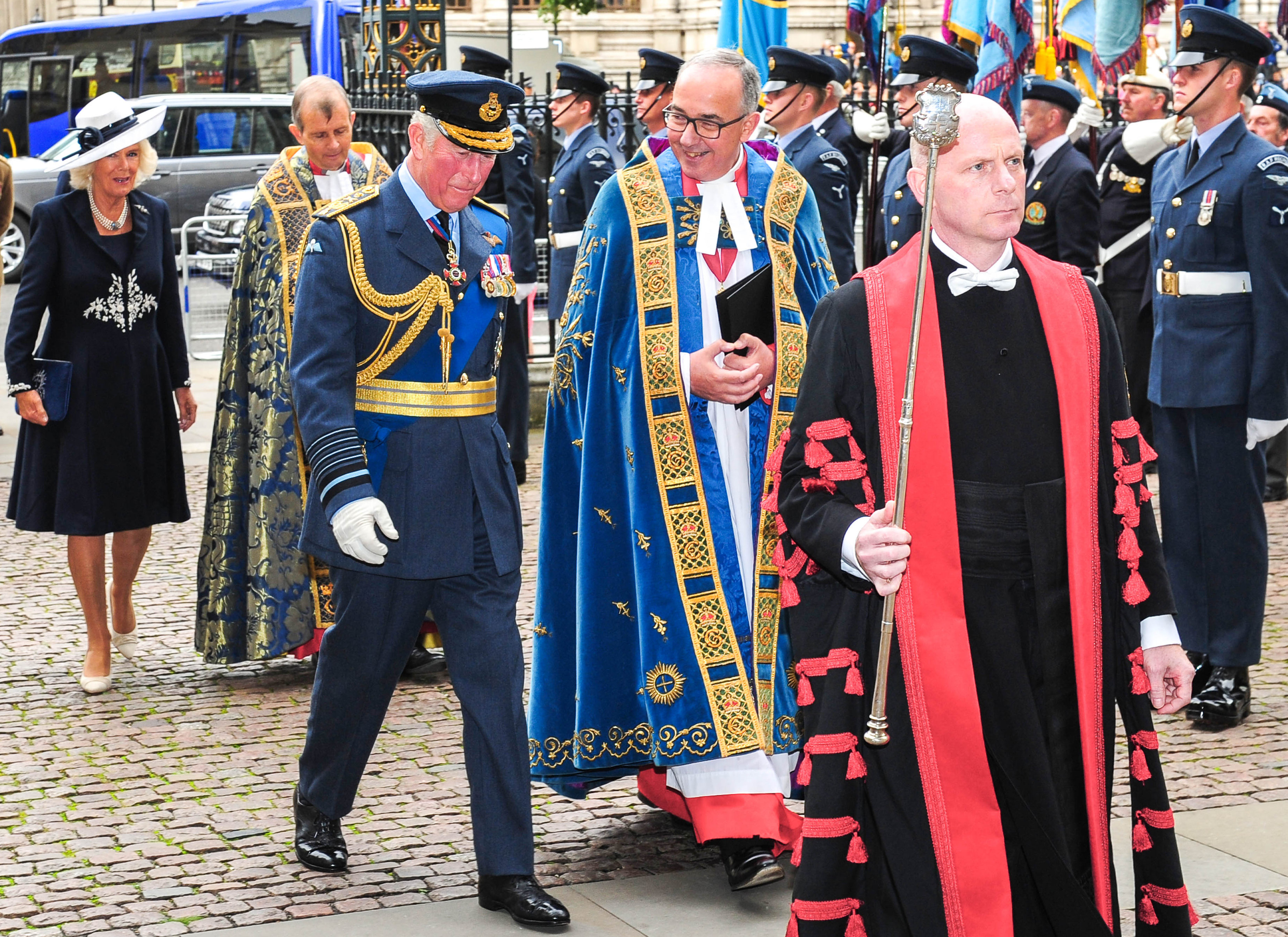
Charles, The Prince of Wales, accompanied by The Duchess of Cornwall attend the Battle of Britain Service of Thanksgiving and Rededication to mark the 77th Anniversary of the battle at Westminster Abbey. Picture by Pete Maclaine / i-Images
Written by Rhadra Araujo and Victoria Howard
